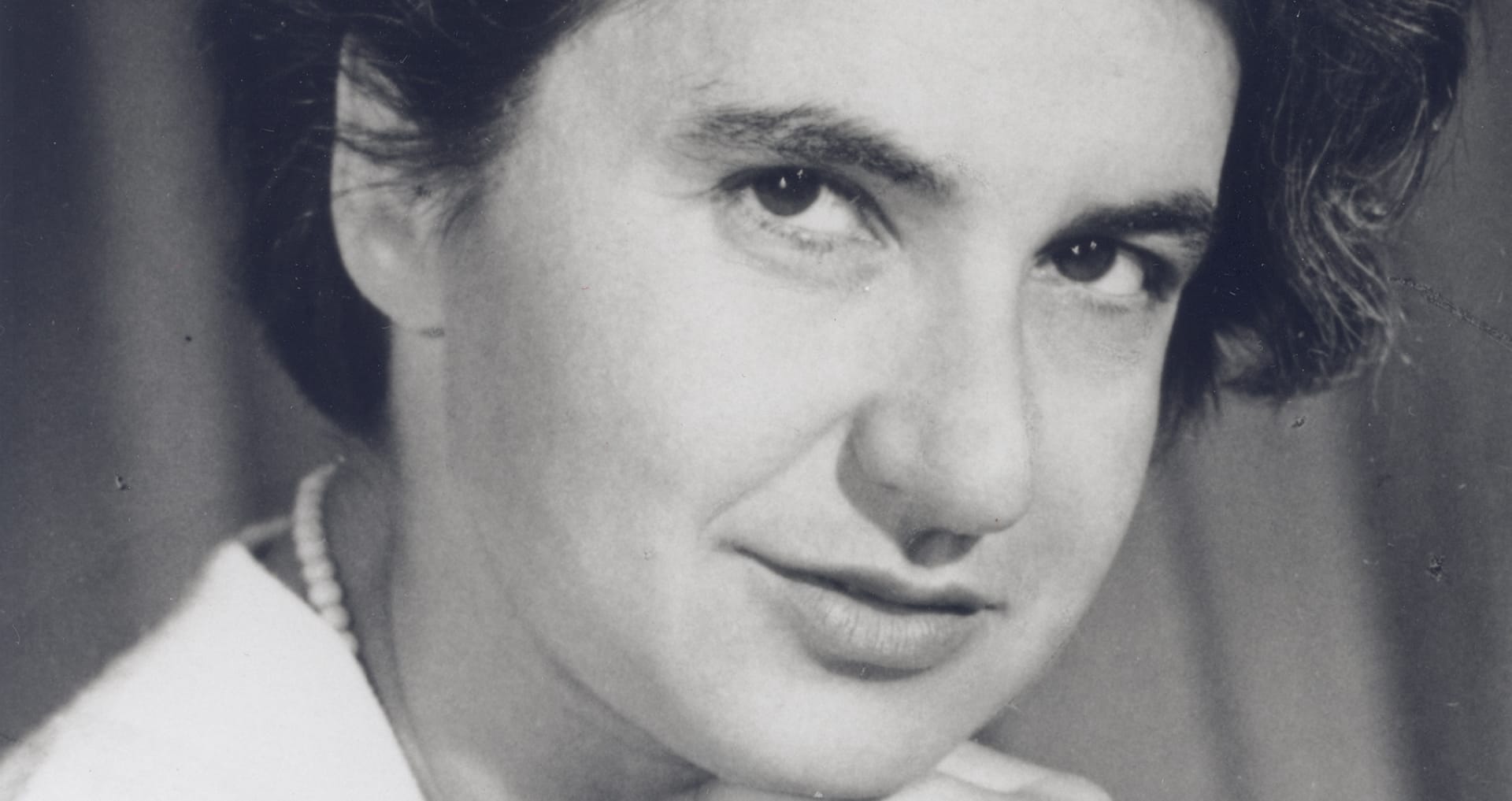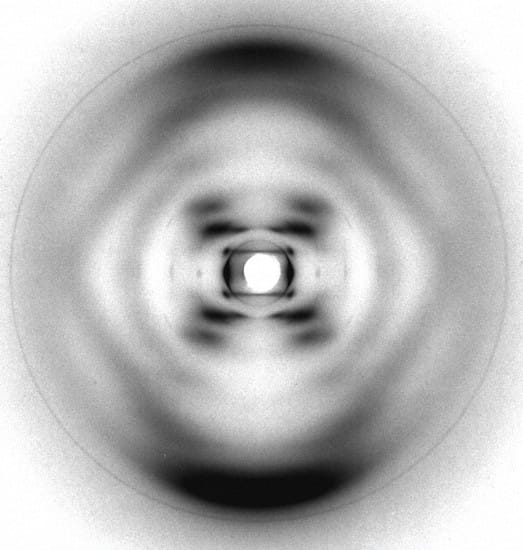Giants in genomics: Rosalind Franklin

Rosalind Elsie Franklin was a British biophysicist and X-ray crystallographer whose fundamental research was critical to Watson and Crick’s discovery of the structure of DNA.
Key terms
DNA
(deoxyribonucleic acid) A molecule that carries the genetic information necessary to build and maintain an organism.
X-ray photography
A photographic technique which uses X-rays to reveal internal details or structures of an object.
The story of Rosalind Franklin’s life and work remains one of controversy. During her lifetime, she received very little recognition for her contributions to one of the most significant discoveries of the 20th century.
In Brenda Maddox’s book Rosalind Franklin: The Dark Lady of DNA she describes Rosalind as "the woman whose gifts were sacrificed to the greater glory of the male". Only when The Double Helix by James Watson was published in 1968 was Rosalind acknowledged outside her immediate circle of peers.
Early life
Rosalind was born in 1920 in London to a Jewish family of rising influence. Her great uncle became the first practising Jew to sit on the British cabinet. She attended St Paul’s Girls School, one of the few schools in London that taught science to girls. Teachers described her as "alarmingly clever", which reflected the opinion society had of gifted females at that time. They were quite often seen as an embarrassment. So, from the age of 12, when Rosalind decided to become a scientist, she definitely wasn’t in for an easy ride. Not only was she Jewish during Hitler’s rise to power but she was also an intelligent woman wanting to make a living in a field dominated by men.
Not only was she Jewish during Hitler’s rise to power but she was also an intelligent woman wanting to make a living in a field dominated by men.
Rosalind attended Newnham College, Cambridge in 1938 where she threw herself into her work, taking chemistry, further chemistry, physics, maths and mineralogy (a subset of geology specialising in chemistry). The Second World War dramatically shaped her time at university. She became deeply upset about the indifference Cambridge showed to the war and the level of pacifism among her peers. She dedicated a lot of her time to the war effort by first serving as a London air raid warden, and then working for the British Coal Utilisation Research Association to study the physical chemistry of carbon and coal.
Photograph 51
Many of Rosalind’s university instructors were called away to help in the war effort and a number of refugees came to study at the university. One refugee, a French scientist Adrienne Weill, became Franklin’s close friend. Adrienne later helped Rosalind into the Laboratoire Centrale des Services Chimiques de l’Etat in Paris where she first began exploring the concept of X-ray crystallography.
However, Rosalind was keen to return to England and in 1951 she started work at King’s College London alongside Maurice Wilkins. Unfortunately, the two of them had a very poor working relationship and it slowed their progress considerably. So, Rosalind decided to work alone with her PhD student Raymond Gosling and together they produced the X-ray image ‘Photograph 51’ that made apparent the double helical structure of DNA. However, in 1953 Maurice shared the image with James Watson and Francis Crick without Rosalind’s knowledge. This act gave James and Francis a considerable advantage in their quest to determine the structure of DNA. They went on to announce their findings a few months later in Nature magazine.

An unsung hero
Even to this day, it is not known for sure whether Rosalind knew that her data had been shared or that she had been overtaken in the race to uncover DNA’s structure. She may have simply thought of James and Francis' DNA model as a hypothesis with too many discrepancies for it to be truly credible and never knew how close she had been to the solution herself.
She later moved on to study plant viruses alongside Aaron Klug, whose 1982 Nobel Prize was based in part on their work together investigating the structure of plant and animal viruses. However, in 1956, Rosalind was diagnosed with ovarian cancer. She fought the disease for 18 months while continuing to work in her lab. Unfortunately, she lost her battle with cancer in April 1958, aged just 37.
In 1962, James Watson, Francis Crick and Maurice Wilkins were awarded the Nobel Prize in Medicine for their work on DNA. An accolade that Rosalind should have shared, but unfortunately the award could not be given posthumously so she was not eligible. According to her biographer, Rosalind never knew of the crucial role that her ‘Photograph 51’ had played in the discovery of the double helix.